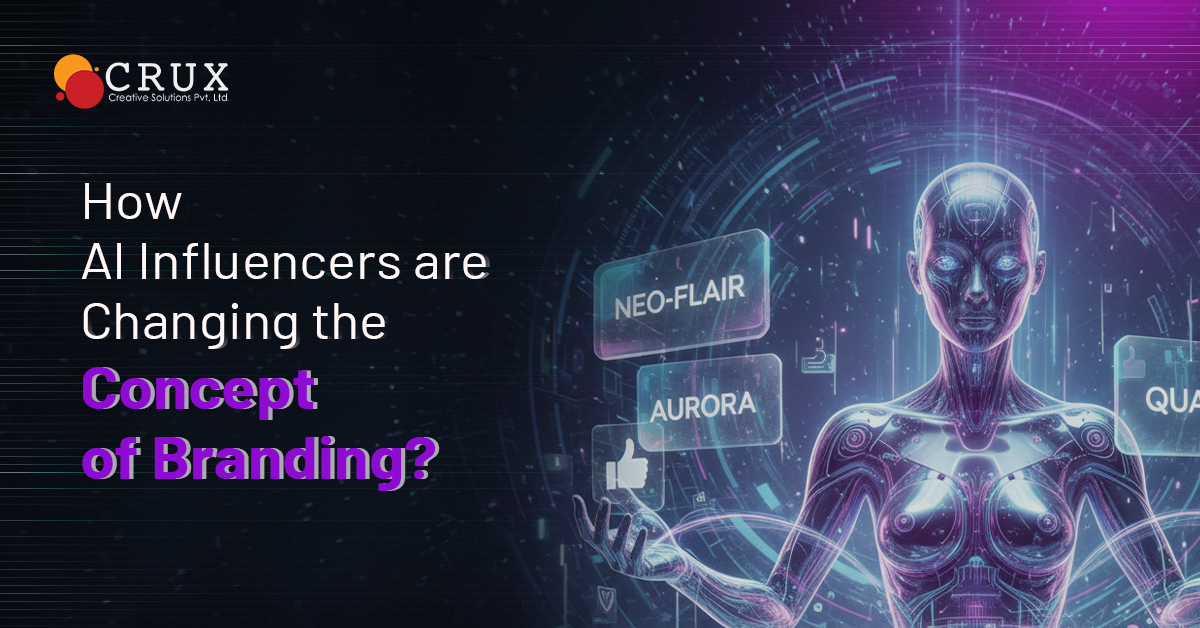
What is Generative Engine Optimization (GEO), and How Does It Impact SEO?
Search Engine Optimization (SEO) has been the backbone of digital marketing for years. Businesses optimize their websites to rank higher on Google, Bing, and other search engines. However, with the rise of Artificial Intelligence (AI), search engines are changing. They are moving from simple keyword-based results to AI-generated answers. This shift has led to a new concept called Generative Engine Optimization (GEO).
GEO is different from traditional SEO. Instead of optimizing just for keyword-based searches, businesses now have to optimize for AI-generated responses. This blog will explain what GEO is, how it works, and how businesses can adapt to this change.
Understanding Generative AI in Search
Before we dive into GEO, it’s important to understand Generative AI in search.
According to the best SEO company in Gurgaon, search engines like Google are no longer just showing links in response to queries. They are generating answers using AI-powered models like Google's Search Generative Experience (SGE) and OpenAI’s ChatGPT. These models don’t just list websites; they analyze information and provide detailed responses directly in search results.
For example, if someone searches for "How to improve website speed for SEO?", traditional search results would show links to blogs and articles. But with AI-powered search, the search engine may generate a direct answer explaining steps to improve website speed.
This means that users might not need to click on websites anymore. Instead, they get the answer directly on the search page. This is a major shift in how search engines work, and it is changing how businesses approach SEO.
What is Generative Engine Optimization (GEO)?
Generative Engine Optimization (GEO) is the process of optimizing content so that AI-generated search results include information from your website. Instead of just ranking on traditional search engine result pages (SERPs), the goal of GEO is to ensure that AI-powered search models use and cite your content in their answers.
How is GEO Different from SEO?
FeatureTraditional SEOGenerative Engine Optimization (GEO)FocusRanking in search resultsBeing included in AI-generated responsesOptimizationKeywords, backlinks, technical SEOStructured data, factual accuracy, conversational contentGoalClicks and website visitsBrand visibility in AI-generated answers
GEO doesn’t replace traditional SEO, but it adds a new layer to how businesses should optimize their content for AI-powered search engines.
How Does GEO Work?
To optimize for Generative AI in search, businesses must understand how these models process and present information. Here’s how GEO works:
AI Uses Multiple Sources
Unlike traditional search results, AI-generated answers pull information from multiple sources to create a response. If your website provides high-quality, relevant content, it increases the chances of being included in AI-generated summaries.
Structured Data Matters More
AI models understand structured data better than unstructured text. Adding proper schema markup, such as FAQ schema, How-To schema, and Product schema, helps AI understand and use your content more effectively.
Authority and Trustworthiness Are Key
AI prioritizes reliable sources. If your content is backed by credible references, up-to-date research, and expertise, it has a higher chance of being cited in AI-generated search results.
The Impact of GEO on SEO
GEO is changing how businesses approach SEO. Here are the major impacts:
1. Declining Click-Through Rates (CTR)
Since AI-generated responses provide direct answers, fewer users may click on website links. Businesses that rely heavily on organic traffic must adapt by ensuring their brand is still visible in AI-generated summaries.
2. Shift Towards Conversational Content
AI-powered search engines favor conversational, natural language content. Instead of focusing only on keyword optimization, businesses need to write content that sounds human-like and informative.
3. Increased Importance of Authority and Trust
AI models prioritize authoritative content. Websites with strong expertise, author bios, and trustworthy references will have a better chance of being included in AI-generated answers.
4. Featured Snippets Become More Valuable
AI-powered search still relies on structured answers, like featured snippets. Optimizing content for featured snippets increases the chances of being cited in AI-generated search results.
How to Optimize for Generative AI Search (GEO Strategies)
1. Create High-Quality, Fact-Based Content
AI prefers well-researched, factual, and updated content. To optimize for GEO:
- Write clear, accurate, and informative content that AI can easily understand.
- Use structured formats, such as lists, tables, and bullet points, to improve readability.
- Include expert opinions and reliable sources to establish credibility.
2. Use Conversational Language
AI-generated responses are often conversational. To align your content with AI search, write in a natural, easy-to-understand tone.
- Use short, clear sentences.
- Answer common questions as if talking to a person.
- Optimize for long-tail keywords and natural queries (e.g., "How does GEO impact SEO?").
3. Optimize for Structured Data and Schema Markup
AI search engines understand structured data better. Adding schema markup helps AI recognize and display your content correctly.
- Use FAQ Schema for common questions.
- Add a How-To Schema for step-by-step guides.
- Implement Product Schema for e-commerce content.
4. Focus on E-E-A-T (Experience, Expertise, Authoritativeness, Trustworthiness)
Google’s E-E-A-T (Experience, Expertise, Authoritativeness, Trustworthiness) is more important than ever in AI-driven search. To improve E-E-A-T:
- Showcase credentials of content creators.
- Include author bios on blog posts.
- Provide links to reliable sources to support claims.
5. Leverage AI Tools for Content Optimization
AI tools like ChatGPT, Claude, and Google’s Gemini can help improve content for GEO. These tools assist in:
- Keyword research
- Content structuring
- Topic clustering
By using AI tools, businesses can create better-optimized content for AI-generated search results.
6. Encourage Brand Mentions
AI often pulls data from well-known brands and sources. Increasing brand mentions across authoritative websites, with the help of a digital marketing agency in Gurgaon, can improve visibility in AI search responses.
7. Optimize for Voice Search
Voice search queries are more conversational. Since AI-generated responses align with voice search, businesses should:
- Use natural, spoken-language phrases.
- Answer questions directly and concisely.
- Optimize for "who," "what," "where," "when," and "how" questions.
Future of SEO with Generative AI
SEO is evolving. As AI-generated search becomes more advanced, businesses will need to adapt their strategies. GEO will not replace traditional SEO, but it will become an essential part of digital marketing.
What to Expect in the Future?
- More AI-generated answers in search results
- Decreasing reliance on traditional keyword rankings
- Greater focus on structured, factual, and authoritative content
- Voice search and conversational queries becoming dominant
Businesses that embrace GEO early will have a competitive edge in the changing digital landscape.
Generative Engine Optimization (GEO) is the next step in the evolution of SEO. As AI-powered search engines become more dominant, businesses must adapt their strategies to remain visible in search results.














